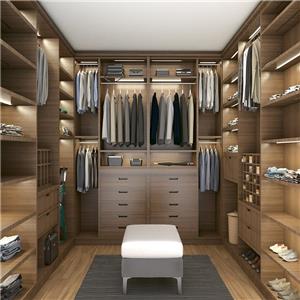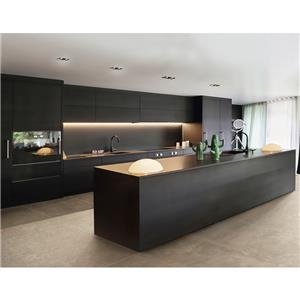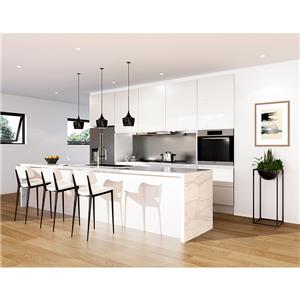Kitchen Cabinet Organization Made Easy: Transform Your Space in 10 Simple Steps
Introduction
A well-organized kitchen cabinet system not only streamlines your cooking routine but also adds a sense of calm to your daily life. With limited cabinet space being a common issue in many households, optimizing storage becomes paramount. This concise guide outlines ten practical steps to transform your kitchen cabinets into organized havens, ensuring every item has its rightful place.
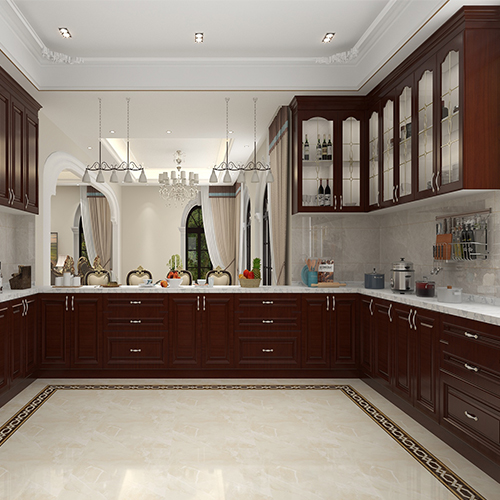
Step 1: Empty and Assess
Begin by emptying all cabinets completely. This step allows you to thoroughly assess what you have, identify duplicates or expired items, and determine the actual storage needs. Sort items into categories such as dishes, cookware, food staples, and utensils.
Step 2: Declutter and Donate
Be ruthless in decluttering. Toss out anything broken or expired, and donate duplicate items or things you no longer use. Remember, the goal is to keep only what brings value and functionality to your kitchen.
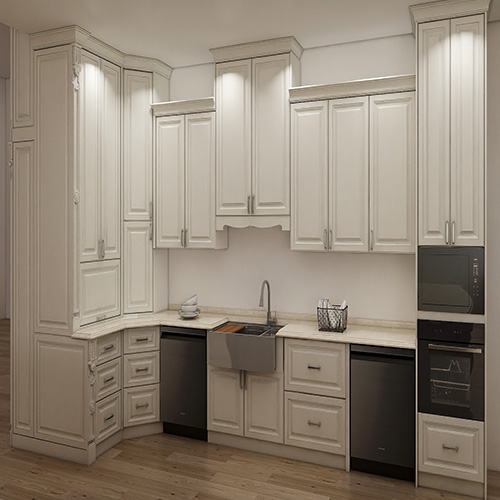
Step 3: Group Similar Items
Group similar items together—pots with pots, pans with pans, and so forth. This makes it easier to allocate space in cabinets according to the type and frequency of use.
Step 4: Plan Cabinet Zones
Designate cabinet zones based on function: a cooking zone for pots and pans near the stove, a prep zone for utensils and cutting boards near the counter, and a serving/dining zone for dishes and glassware near the dining area.
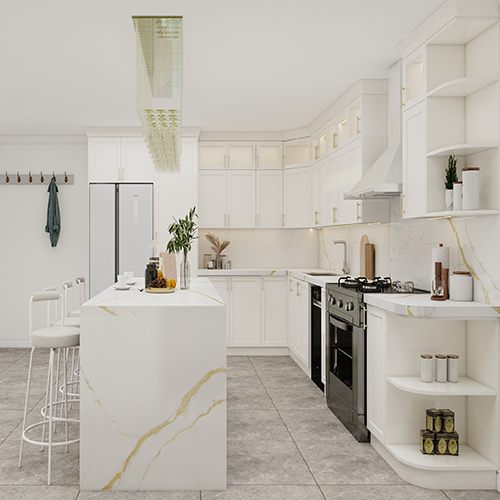
Step 5: Utilize Vertical Space
Maximize vertical space with tiered organizers, risers, or tension rods to double stack items like plates or baking sheets. This strategy significantly increases storage capacity without taking up more floor space.
Step 6: Implement Drawer Dividers
Drawer dividers aren't just for drawers; they can be used vertically in cabinets too. Use them to separate utensils, lids, or even Tupperware, ensuring everything stays upright and easily accessible.

Step 7: Hang Frequently Used Items
Consider installing hooks or a rail system on the inside of cabinet doors or walls to hang mugs, pot holders, or frequently used utensils. This frees up shelf space and keeps items within easy reach.
Step 8: Invest in Adjustable Shelving
If possible, install adjustable shelves to accommodate items of varying heights. This flexibility allows you to make the most of each cabinet's height, particularly useful for tall or irregularly shaped items.
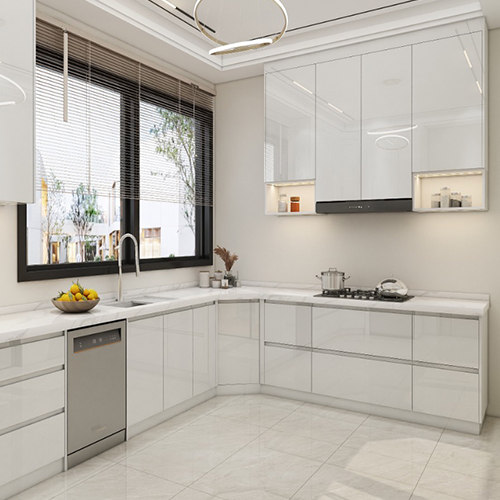
Step 9: Label Everything
Labeling containers or drawers not only looks neat but also helps maintain order. Use clear labels or chalkboard tags to indicate the contents, making it simple for everyone in the household to find and return items to their proper places.
Step 10: Maintain Regularly
Finally, set a routine for quick cabinet check-ins and adjustments. Monthly or seasonal, take a few minutes to reorganize as needed, ensuring your system stays efficient and clutter-free.
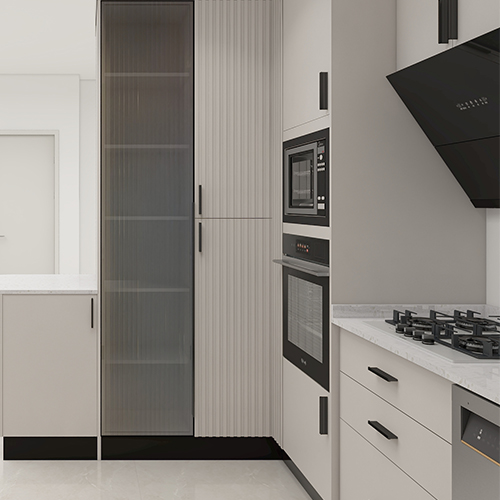
Conclusion
Transforming your kitchen cabinets from chaotic to organized is not a one-time task but rather a journey towards a more efficient and enjoyable cooking space. By following these ten straightforward steps, you'll create a kitchen where everything has a place and is easy to find. Not only does this streamline your daily routine but also adds a sense of tranquility to your home. Remember, the key to success lies in consistency and adaptability as your needs evolve over time. Happy organizing!
FAQ:
1. What are standard cabinet sizes?
Standard cabinet sizes vary by region and manufacturer, but typically base cabinets are 24" deep and come in widths of 12", 15", 18", 24", 30", and 36". Wall cabinets are usually 12" deep with heights of 30", 36", or 42", and similar width options to base cabinets. Tall or pantry cabinets can be 84" or 96" high, 24" deep, and 12", 18", 24", or 36" wide. Custom sizing is also available to fit specific spaces.
2. Can I mix cabinet styles and colors?
Absolutely! Mixing cabinet styles and colors is a popular design trend that adds depth, character, and personal touch to your kitchen. For example, you might have dark lowers for a grounded feel and lighter uppers to keep the space airy. Combining different finishes or adding a statement island in a contrasting color can create a unique, layered look. The key is to balance and harmonize the elements for a cohesive design.


